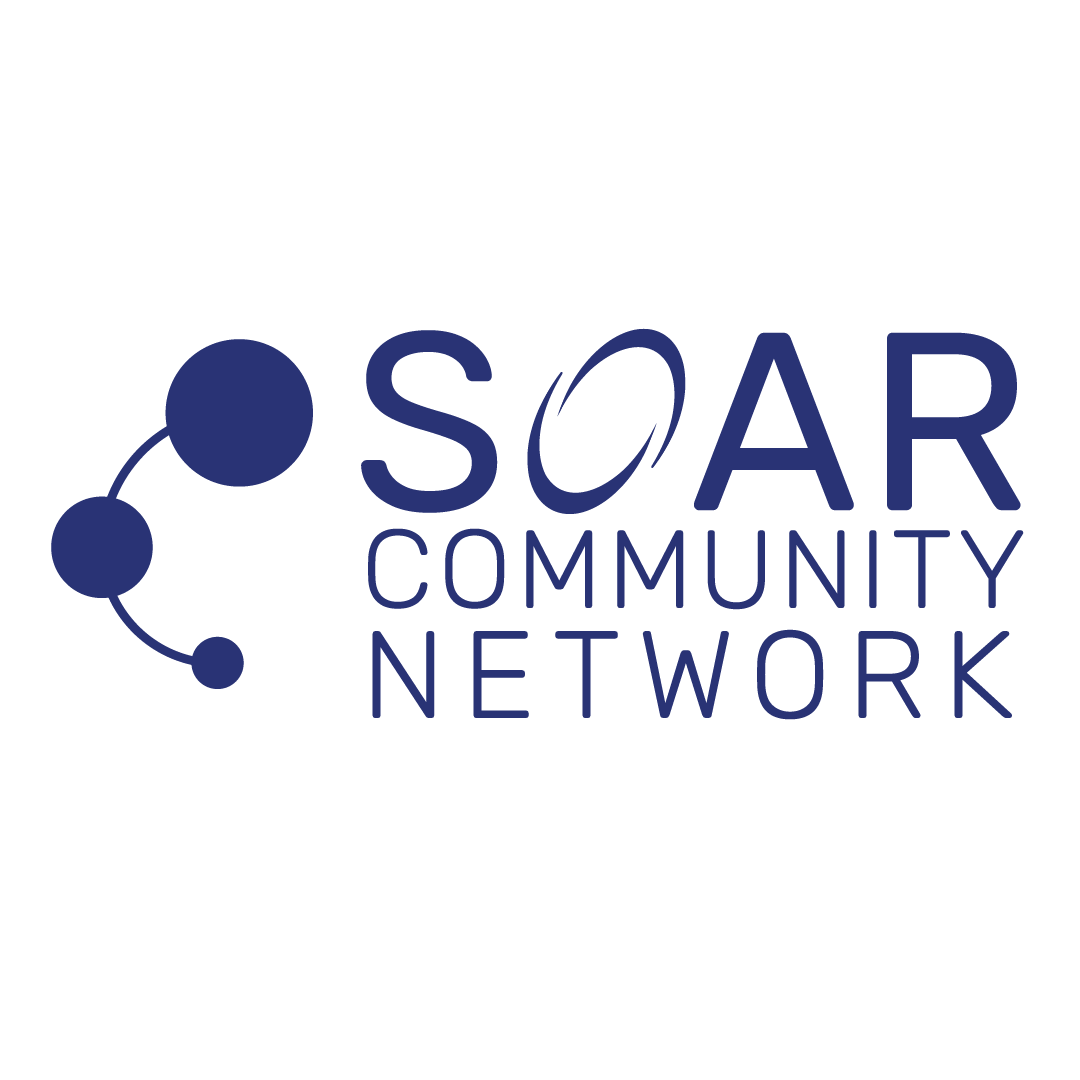Challenge:
A common issue revealed through employee feedback is the underutilization of skills and talents. When employees feel that their capabilities are not being fully leveraged, it can lead to decreased job satisfaction, lower engagement, and diminished productivity. This misalignment not only affects individual morale but also impacts organizational performance as the full potential of the workforce remains untapped.
Solution:
Organizations can address this issue by incorporating strategies that align employee skills and job roles more effectively, utilizing a structured approach like the C3 framework from the SOAR Community Network. This involves:
- Defining Purpose and Alignment: Engage with employees to understand their professional aspirations and skills. Align their career objectives with the organization’s mission and strategic goals, ensuring that their work feels meaningful and valued.
- Assessing and Planning: Regular skills assessments should be conducted to accurately gauge the capabilities of the workforce. This information should then be used to realign roles and responsibilities to better match the current skill set and development potential of the team.
- Strategic Integration: Modify existing roles or create new ones that allow employees to apply their unique skills and talents effectively. This might involve project-based roles, interdisciplinary teams, or new initiatives that require specific competencies that are underutilized.
Action:
Implementing these solutions effectively requires a focused approach:
- Utilize Behavioral Insights and Performance Management Tools: Tools like the Behavioral Insights system can help identify the strengths and improvement areas for each employee. This data is crucial for the accurate mapping and alignment process.
- Develop and Implement a Skills Alignment Plan: Based on the insights gathered, develop a plan that includes role adjustments, team realignments, and targeted development programs. Ensure that this plan is communicated transparently to all employees to garner support and understanding.
- Monitor and Adjust: Continuously monitor the effectiveness of the changes using performance metrics and regular feedback sessions. Be prepared to make iterative adjustments to ensure that the alignment process remains relevant as the organization and its workforce evolve.
- Provide Ongoing Support and Development: Encourage continuous learning and skill development through training programs and workshops. This will not only enhance the current skill set but also prepare employees for future roles, keeping them engaged and motivated.
By taking these structured steps within the C3 framework, organizations can ensure that employees feel their talents are adequately recognized and utilized, thereby enhancing overall job satisfaction and driving better business outcomes.

